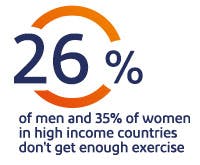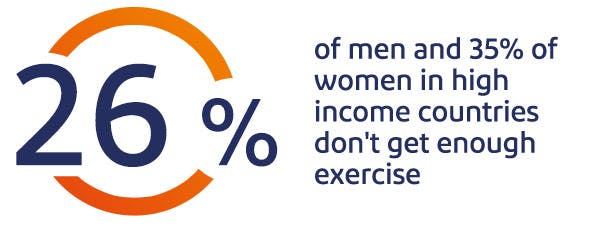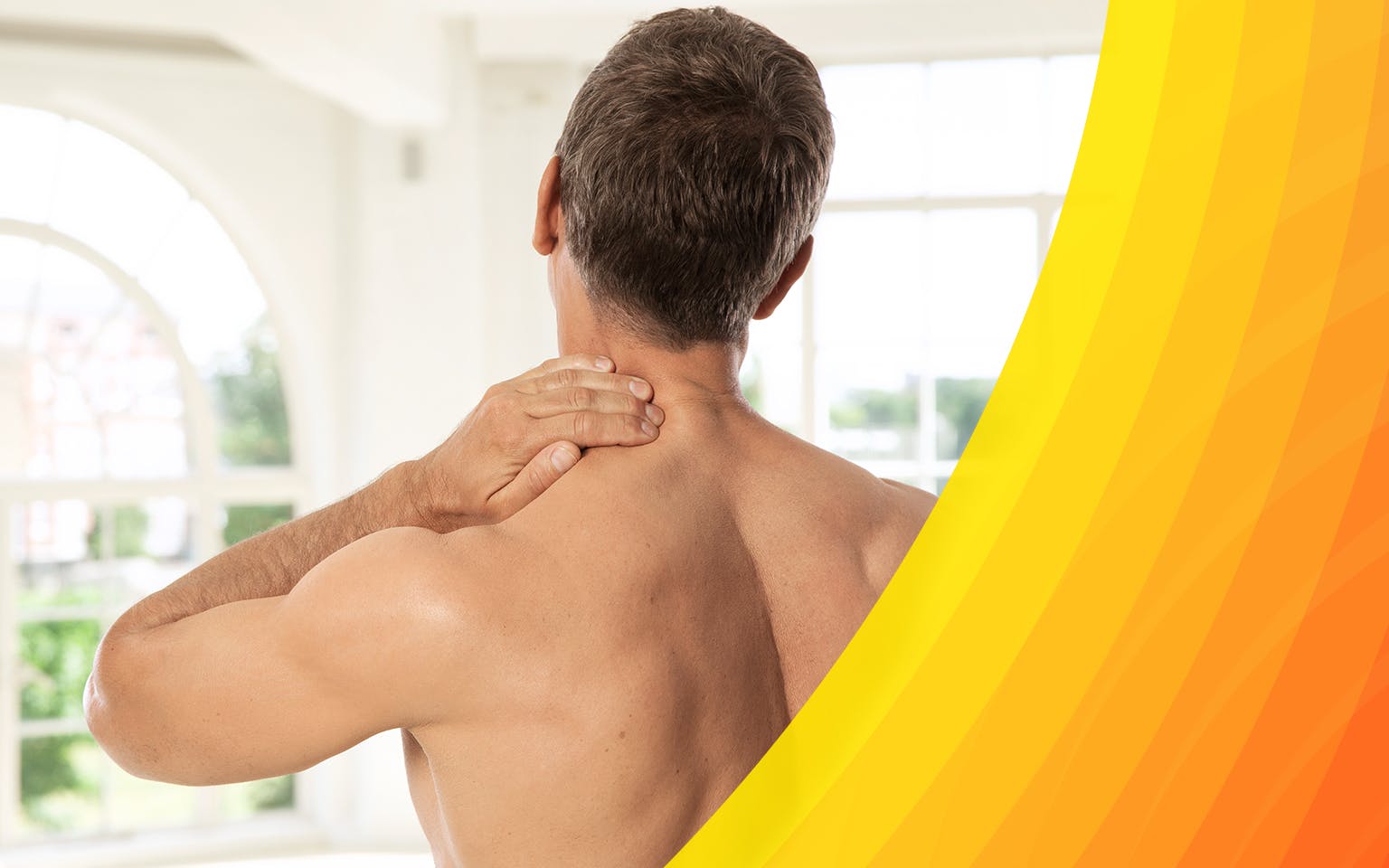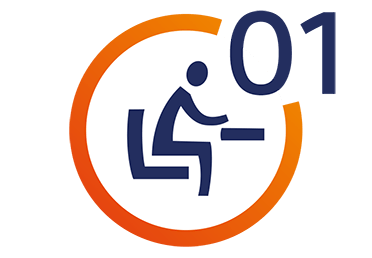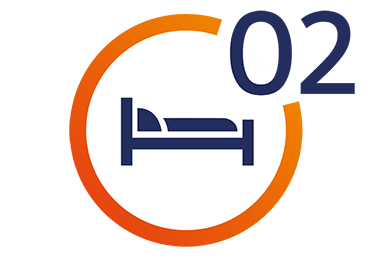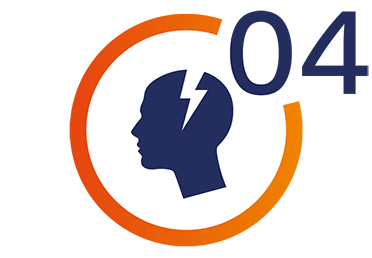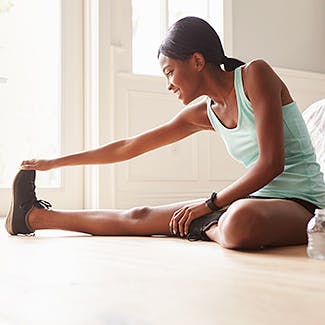Symptoms of neck pain
Stiffness or a knot in your neck can cause pain, which may spread to your shoulders, upper back or arms.
Neck pain may be associated with compression of the nerves in the neck, which can lead to numbness, weakness or a tingling sensation in your hand and arm.
01
Neck pain can also be accompanied by feelings of muscle tightness and spasms and headache.
02
You may hear or feel clicking or grating when you move your head, caused by bones moving against each other or ligaments rubbing on the bone.
03
How neck pain can affect you
Neck pain can become a real pain in the neck by preventing you from carrying out the most basic movements, such as turning your head to look around you or lifting up your shopping bags, without feeling discomfort.
Did you know?
If you wake up to find your neck twisted to one side and locked in that position, it could be acute torticollis. This is the result of injury to your neck muscles. The causes may include bad posture or poor support when sleeping. It usually only lasts 24-48 hours, but can take a week to get better.
77% of people with pain globally experience neck pain.
Why do you experience neck pain?
Neck pain has many causes, from injuries to conditions like osteoarthritis, or the result of stress, tension or poor posture. It is a very common problem, although we are more likely to suffer from neck aches and pains as we get older.

Watch your posture
One of the most common causes for neck pain is muscle tension or strain associated with bad posture, for example while watching TV or sitting in front of the computer, sleeping in an uncomfortable position, or twisting and turning your neck in an extreme way. Tension in the neck muscles can also be caused by stress.
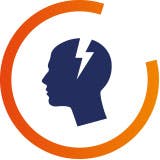
Accidents and anatomical causes
Neck pain can also result from injuries such as whiplash, when someone crashes into your car from behind, for example, and your head is jolted backward and forward. Another cause may be an anomaly in the anatomy of your neck structure, such as a poor alignment of the joints within the neck (cervical dysfunction). In both cases, you should seek professional advice from your doctor.
Expert treatment
Neck pain is rarely a symptom of a more serious problem and can usually be relieved by taking simple steps at home. Pain relievers from the pharmacy are often the best way to treat neck pain, taken orally or applied directly to the site of pain. You could also try hot or cold packs, gentle neck exercises to improve movement, and checking your posture to make sure it is not making the problem worse. Most neck pain only lasts a few weeks. There are things you can do yourself to ease it but contact your GP if it does not go away.

Simple causes of neck pain
Explore our range
Find out how our products can help
Discover the Voltarol product range to find the right product to treat your pain.
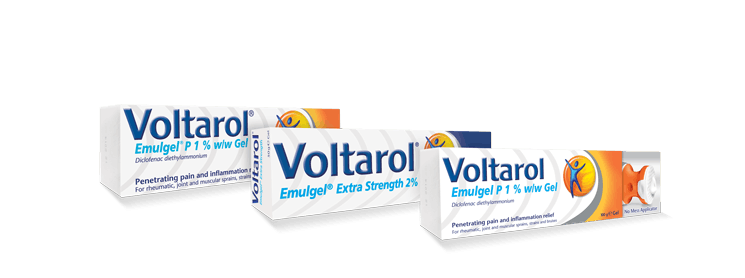
Learn more
What is pain?
Understand why our bodies experience the sensation of pain and the many causes of body pain.
read moreExercise and your body
Learn more about the benefits of exercise and how keeping fit can help you to stay healthy and relieve pain.
read more